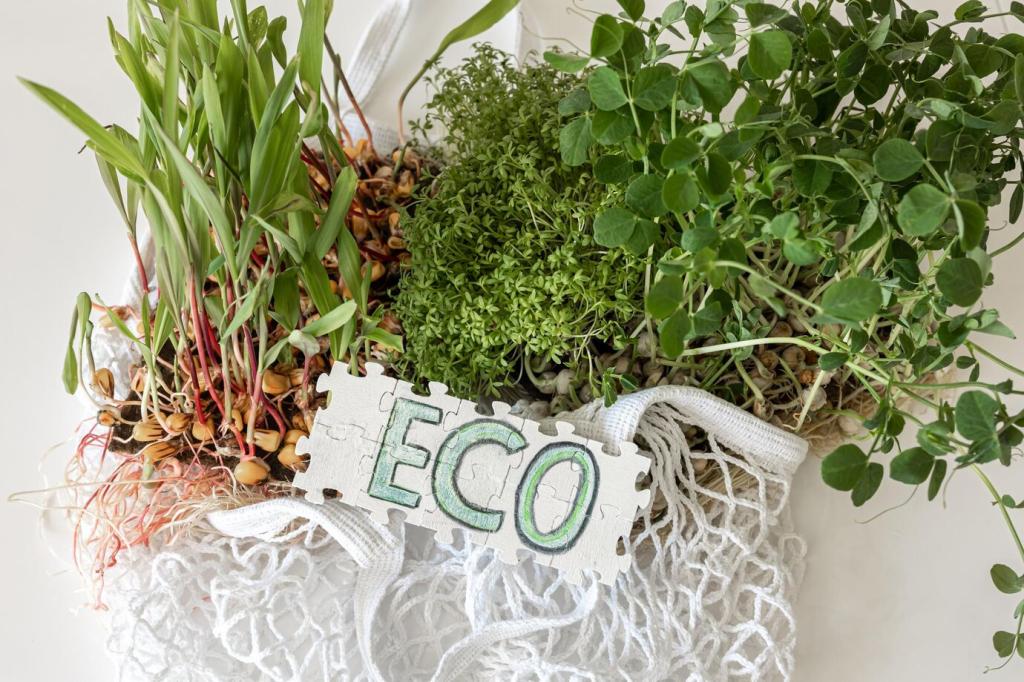Gentle Cleaning that Respects History
Use a soft, lint-free cloth for weekly dusting, moving with the grain to avoid micro-scratches. For grimy surfaces, dilute pH-neutral soap, wring the cloth thoroughly, and wipe lightly. Immediately dry with a second cloth. Post your go-to gentle cleansers below and tell us how they performed over time.
Gentle Cleaning that Respects History
Odors from reclaimed timber are common. Start with airflow, then try baking soda bowls placed nearby, not directly on wood. Charcoal sachets help, too. Avoid heavy fragrances that mask rather than solve. If odors persist, share details of environment and wood type; we’ll crowdsource solutions together.




